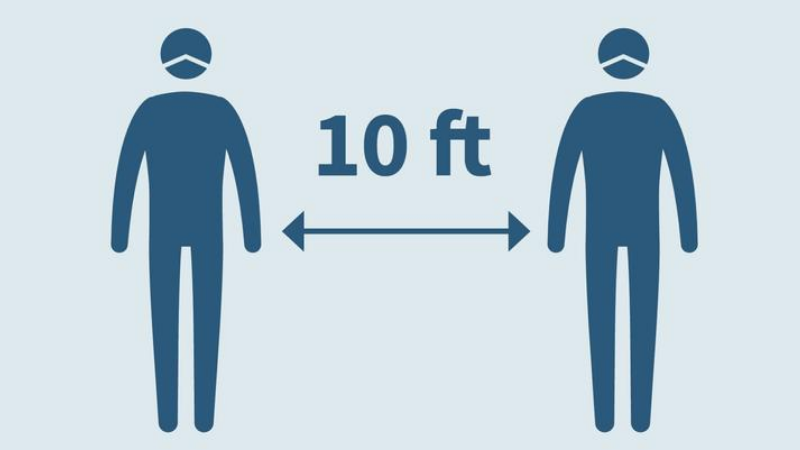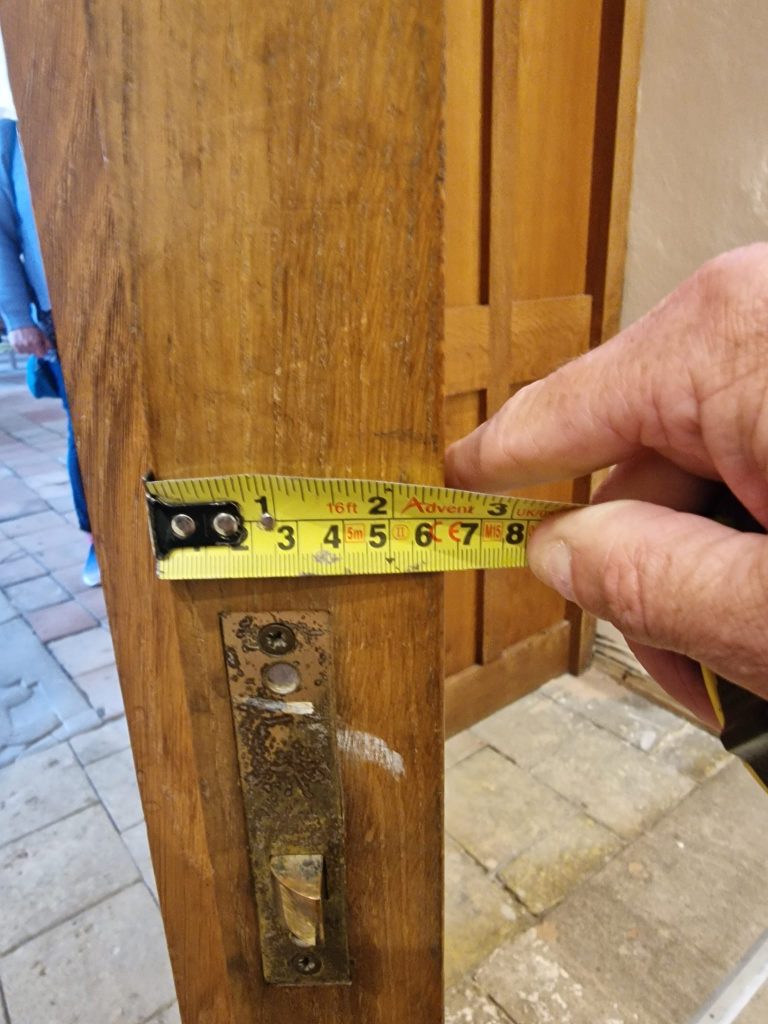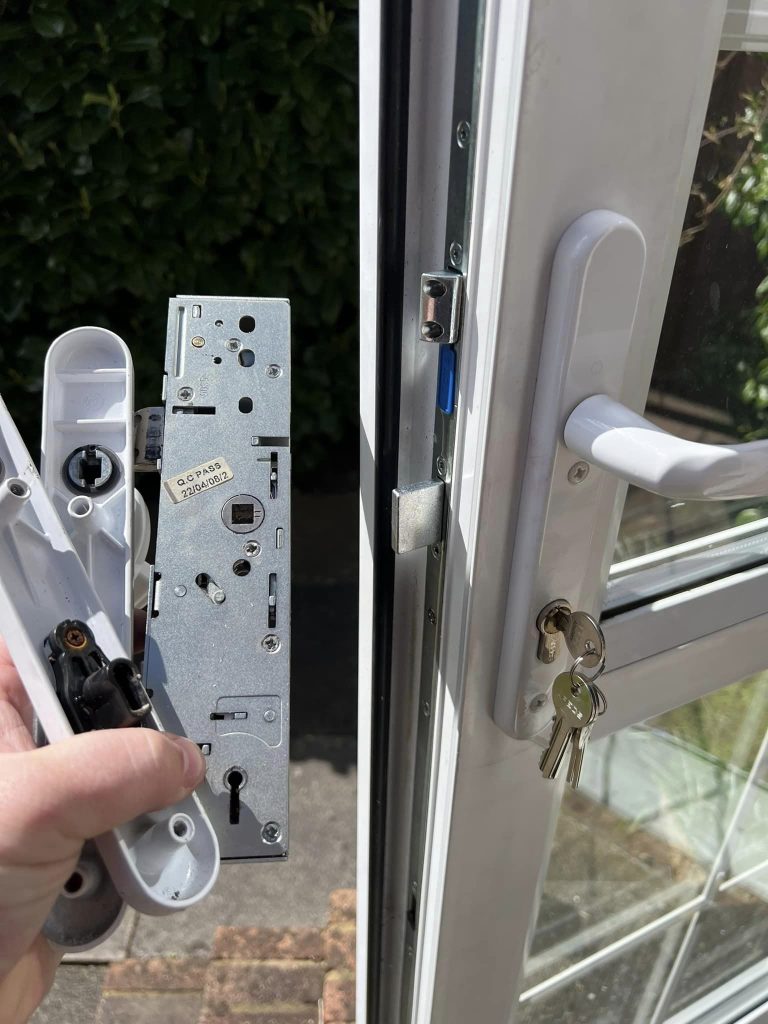
Effective or a waste of time?
A recent article from the Lancet showed that a 6ft distance is fundamentally more powerful at diminishing transmission of COVID-19 than that of 3ft. Another article from the BBC has more to state on this as well. These investigations on viral transmission goes a long way to prescribe steps to follow. This is especially more useful if you are thinking about wandering out or returning to work and you will be coming into close contact with loved ones who may be at risk.
The danger of infection when people remain 3ft away from each other was 3% compared to the 13% if they were nearer. Specialists found that each extra 3ft more cuts the hazard considerably again. Appropriate face covers also decreased the pace of contamination from 17% down to 3%. Wearing face shields, goggles, and eyewear similarly decreased the infection rates comparatively.
Now, let’s take a quick look at the differences between a couple of the face covers that you will find. Here’s a short summary and survey of our musings on the various kinds that are available.
Face Masks: Which are the best to wear and why?
We’ve been doing a ton of research of late so you don’t need to. Furthermore, considering all the news sources that come out with once in a while clashing data, here is the place we are, as an organization, as far as choosing what to wear, what to stock and where our cutoff points are.
Are face covers valuable?
Simply, yes. We should expect that healthcare professionals know what they’re doing. Are these experts who work around infections and microscopic organisms simply wearing face masks for vanity? We don’t accept so. They need to remain perfectly well, and wearing face masks allows them to do just that.
How about we accept that mask studies such as these are pertinent, demonstrating that particular face covers work. The greater part of us haven’t even worn a mask previously, or at least not one outside of Halloween season. In the case of this pandemic, it’s much better than wearing nothing especially if we need to communicate or come into close contact with people and our loved ones.
There are a lot of kinds of face covers. Which ones are ideal?
The essential sorts of face covers you’ll see utilised in medical services and out in the open are:
- The standard frequently blue-shaded careful sort that makes you resemble a specialist
- The N95 type, that could make you resemble a duck. Or then again an outsider.
- All the more as of late, the texture type. Perhaps you made one out of a shirt
- The Asian sorts of formed face veils utilised in everyday life
Which is the most ideal sort of face cover?
We’re attempting to avoid what is basically a kind of flu. COVID-19 is distinctive obviously, and it’s not actually flu, but it’s close enough for the reasons for this short instructive blog.
How about we investigate each one of the sorts above:
The Disposable Surgical Face Mask
These are the ones most people are familiar with even before the pandemic. They can be found almost anywhere and are commonly used by healthcare professionals. It’s important to know that there are key reasons why these surgical masks are especially useful in the pandemic. Primarily, it’s because they have an outer hydrophobic layer that rejects and repels liquids and moisture as well as the fact that they are not made out of standard fabric so the microscopic holes in the materials block particles above a certain size. They are also designed to be single-use, disposable, and comfortable to wear for long periods of time.
The N95 / KN95 PPE Face Mask
These are usually the ones recommended for the pandemic due to better filtering. Like the disposable surgical face mask, they are made with melt-blown fabric. However, they have more layers, which prevents more particles from entering.
The number determines how much of a particular test particle is blocked by the filters of the mask. However, this is still affected by how correctly you wear the mask. In theory, to wear these properly, air shouldn’t be able to get in through any gaps in the mask. This is the reason why you may have seen shocking photos online showing how healthcare workers have marks around their faces from wearing the mask extremely tight for hours on end. They are trading comfort in order to prevent any particle from entering their masks.
The KN95 is the Asian rating for masks that are basically the same as the US N95. The European equivalent for this is the FFP2. As aforementioned, the number determines how much of a particular test particle is blocked by the filters of the mask. This specific rating blocks 95% of a particular test particle. While an “N99” would seem like a good idea, you should realise that it would also restrict your ability to breathe through the material so much more. Imagine breathing through a rubber sheet vs. a sheet of linen.
The Fabric Face Mask
If you don’t have any of the masks above, fabric face masks are better than nothing. But you should know that they fall very low on the protection spectrum. Breathing in this mask would cause moisture to build up, which would eventually saturate the entirety of the mask. Water-saturated masks can then carry bacteria and other particles from one side to the other, which defeats the purpose of wearing one. The holes in normal fabrics are also much, much larger compared to the ones used for healthcare, so there’s a chance that virii can enter those holes too.
But again, they are better than nothing. If you have nothing else and you want even the smallest bit of protection, you can go for fabric face masks. You should still put an effort into getting healthcare ones though.
The Asian Style of Face Masks
These masks are usually intended to block pollen and not virii but they could still work to prevent an infected person from sneezing on everyone else. They’re admittedly not as good as N95 or even regular disposable masks. However, if everyone’s wearing one, then it still restricts transmission in communities. Everyone wears one to protect everyone else.
Face Covers (which are not Face Masks)
Of course, due to the shortage of face masks, some companies have begun capitalising on the idea. There are some that have begun selling pretty face covers which offer no protection whatsoever. If you’re serious about your health or the health of others, we don’t recommend you buy one of these, unless of course they are made with filters. Some fabric face masks also fall in this category, specifically those that you wash. Each time you wash a mask, you lower its efficacy since the tiny fabric holes are enlarged with each wash. And again, bigger holes mean bigger risks.


